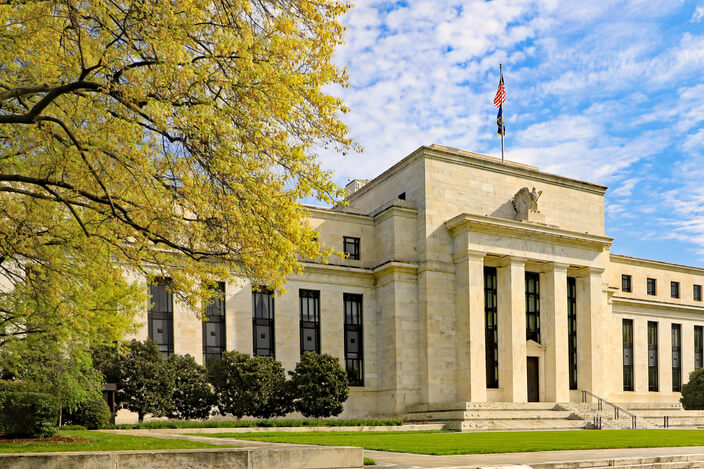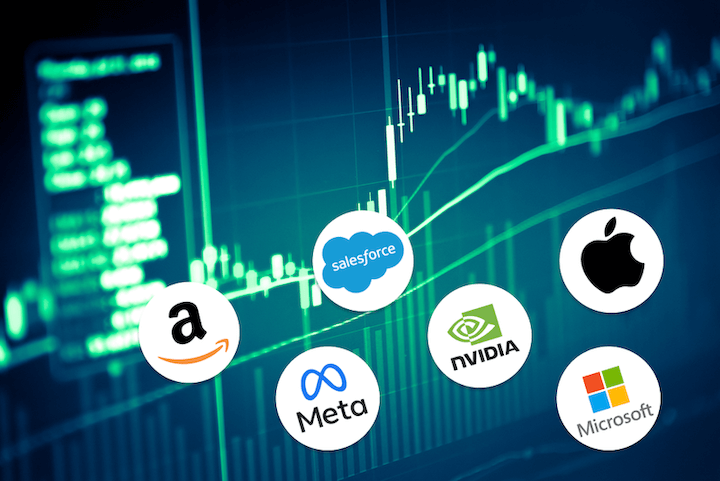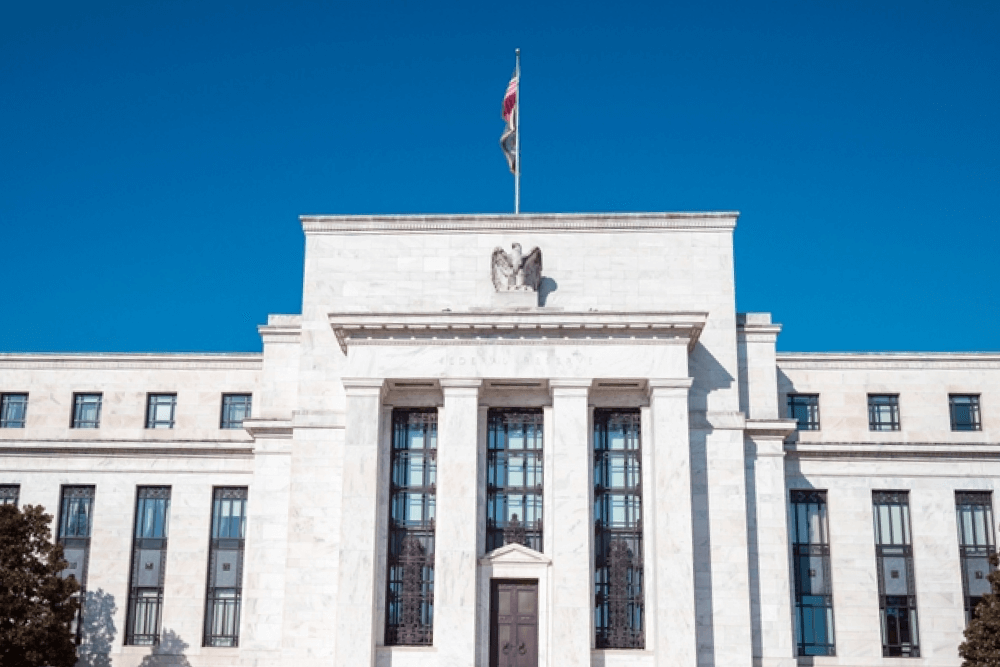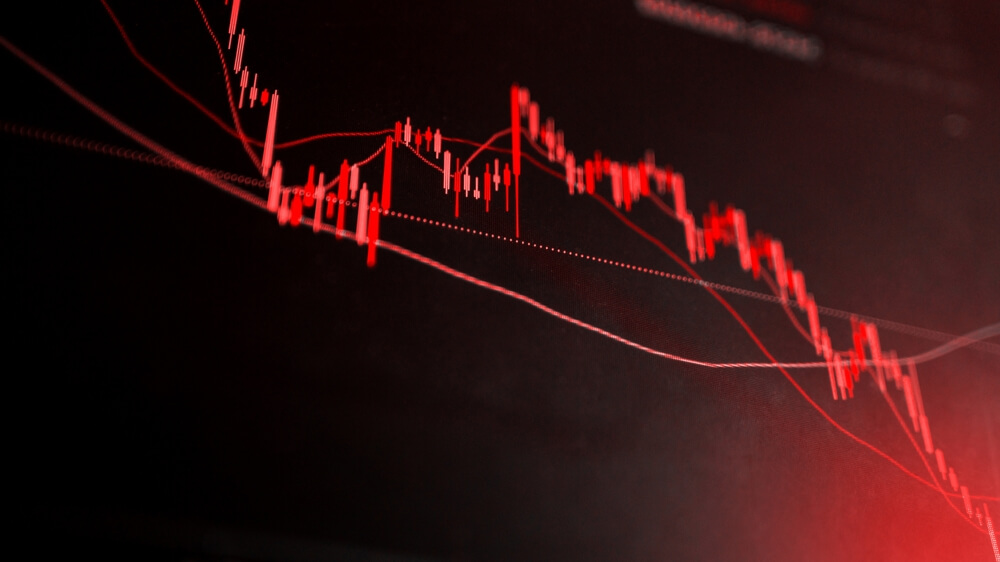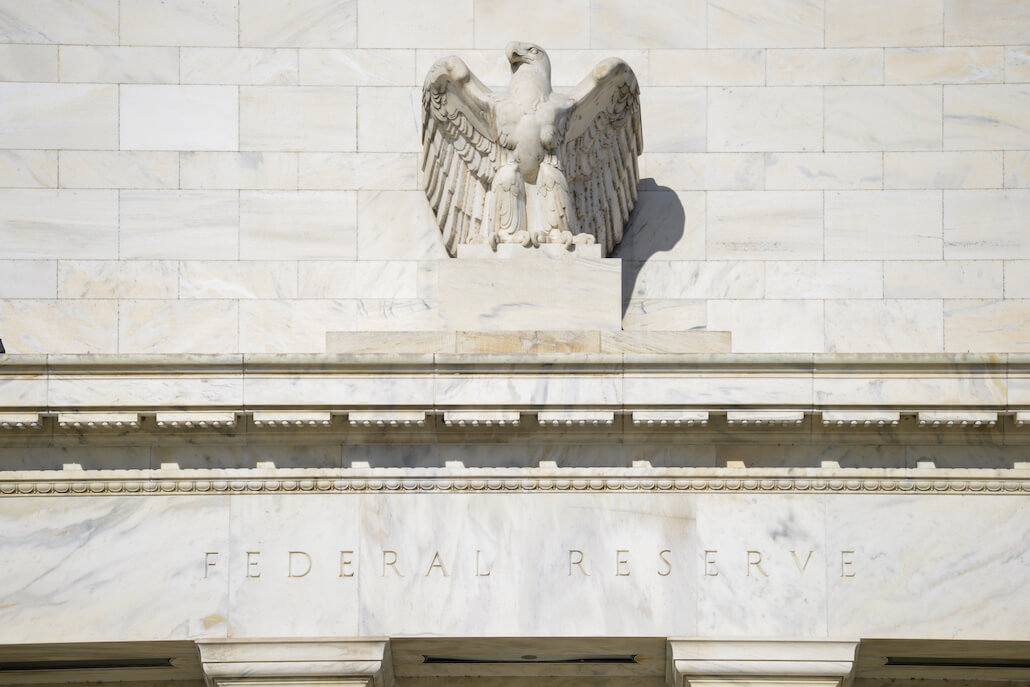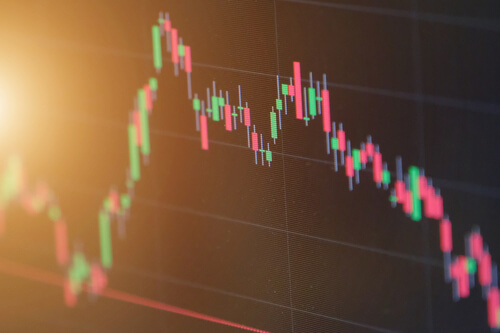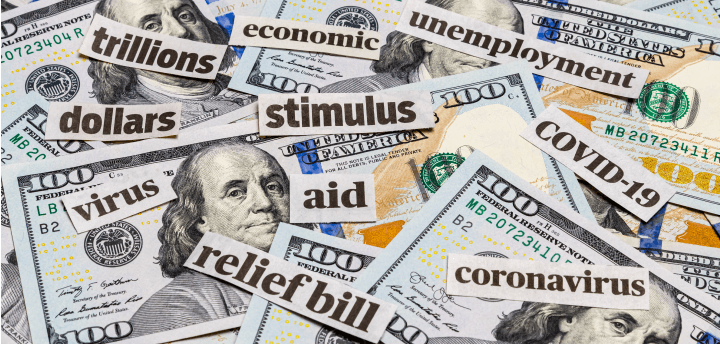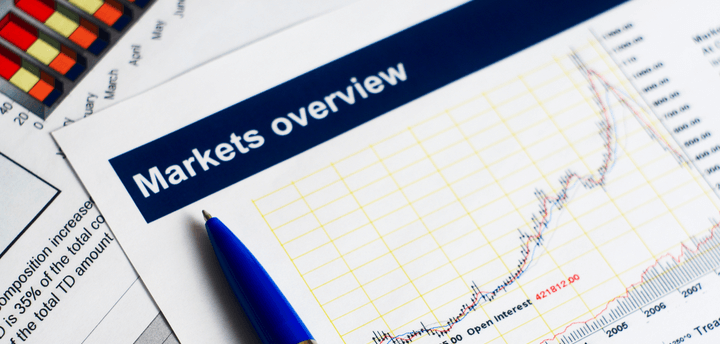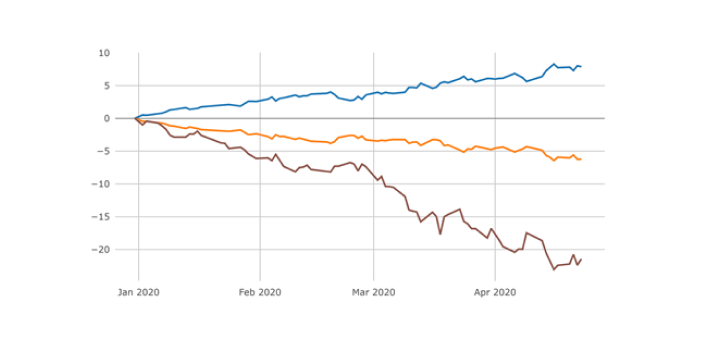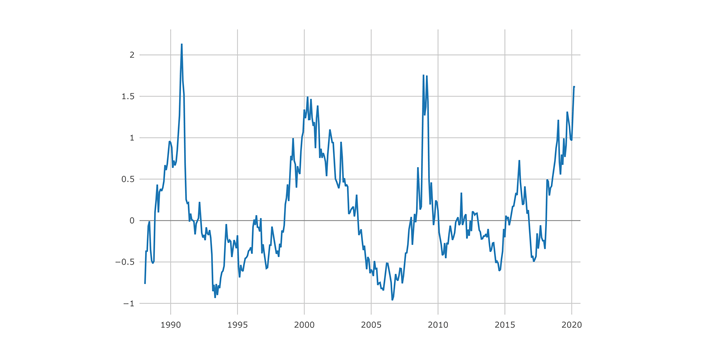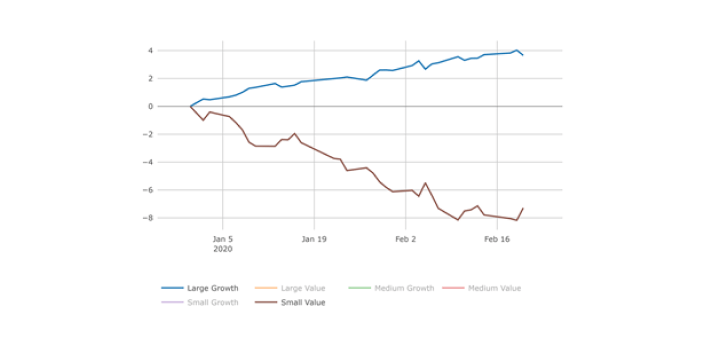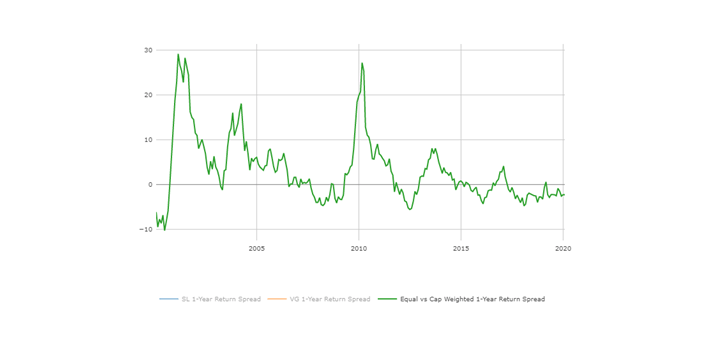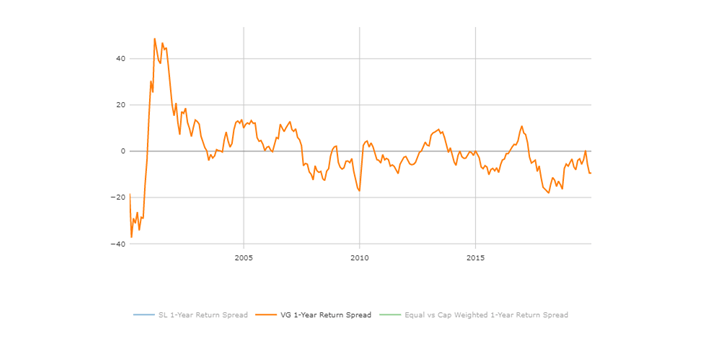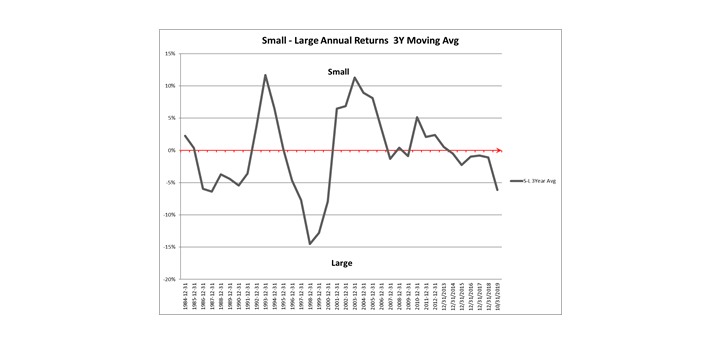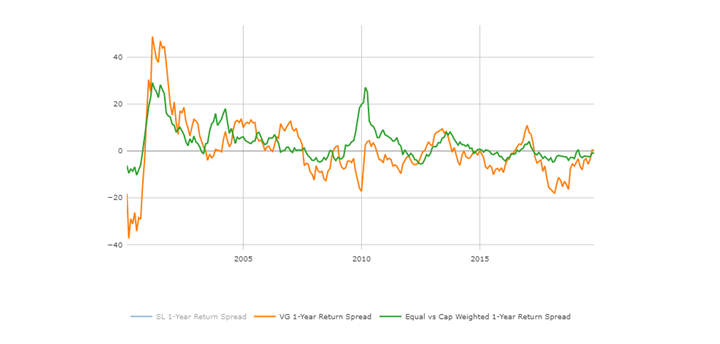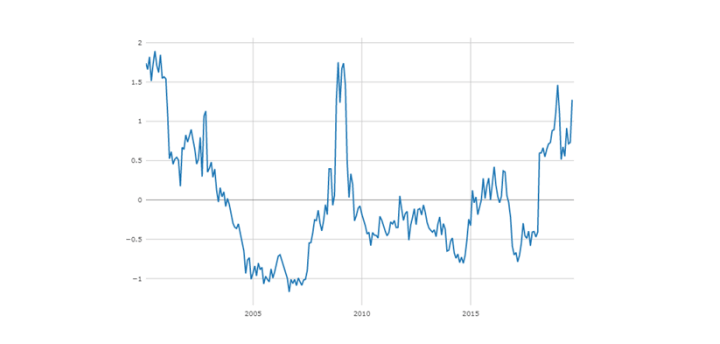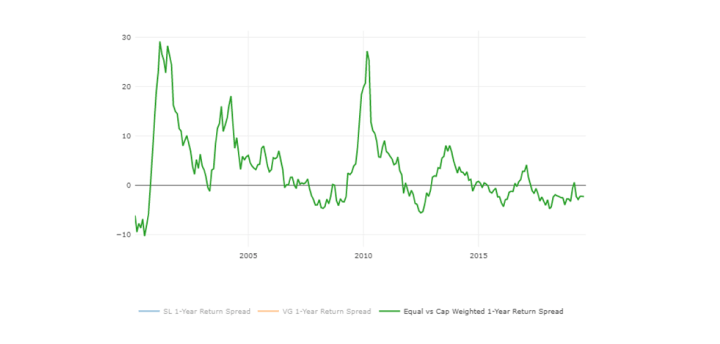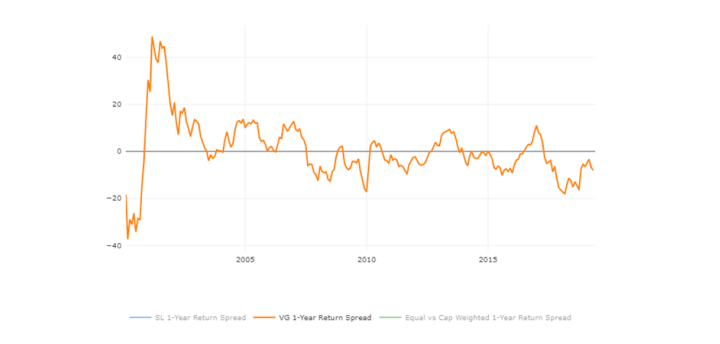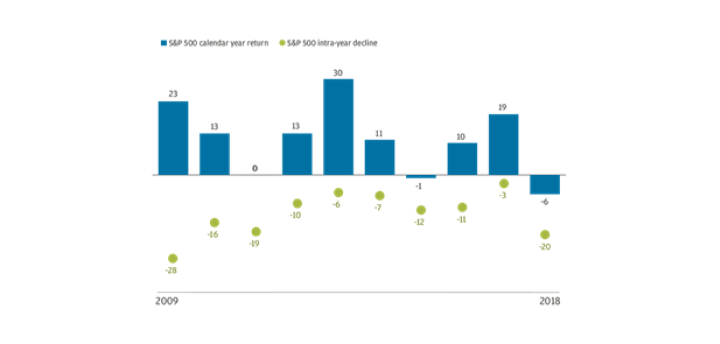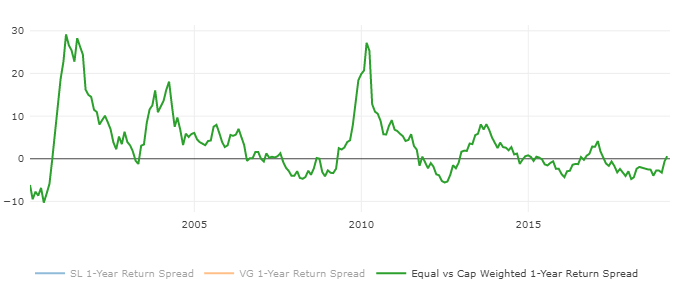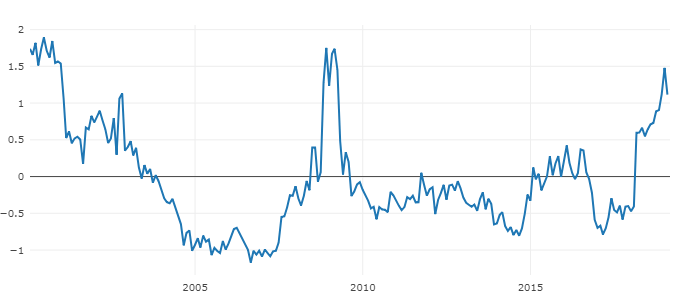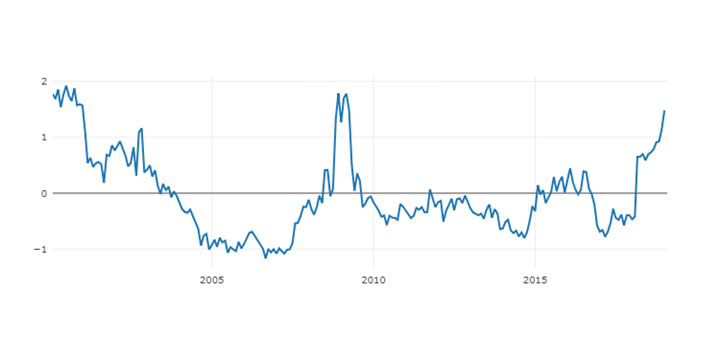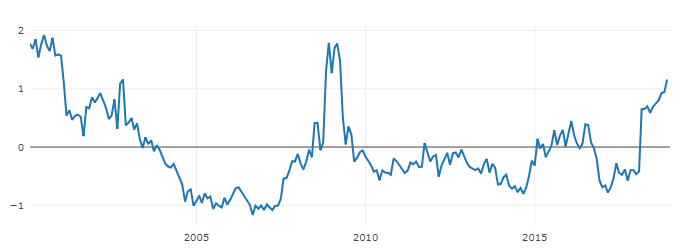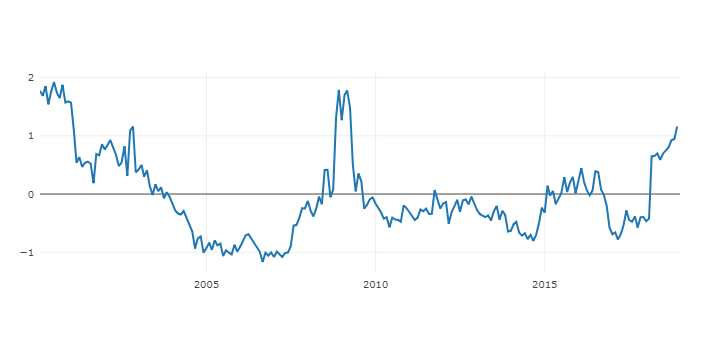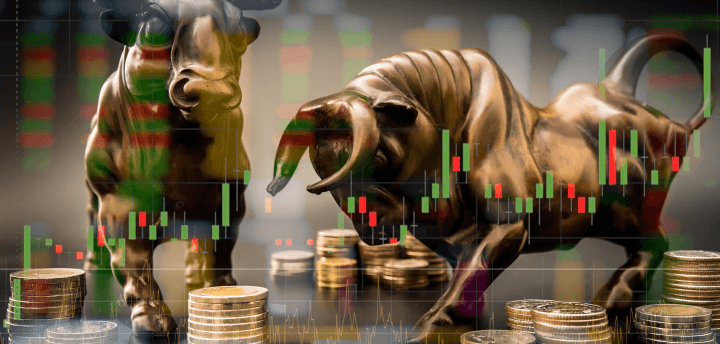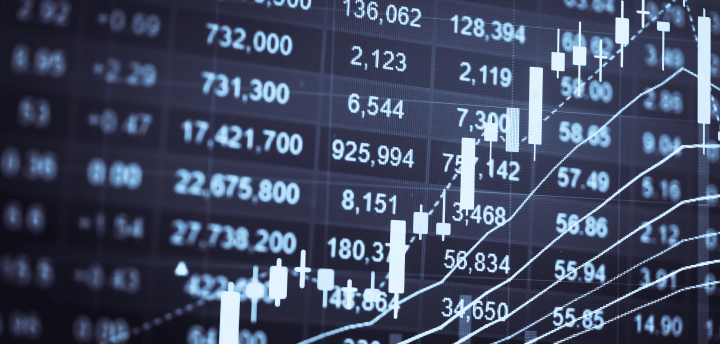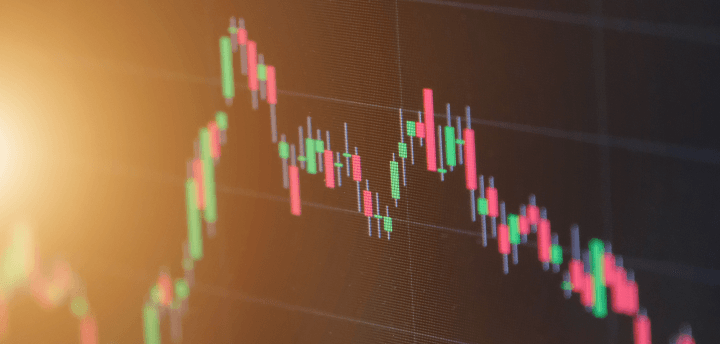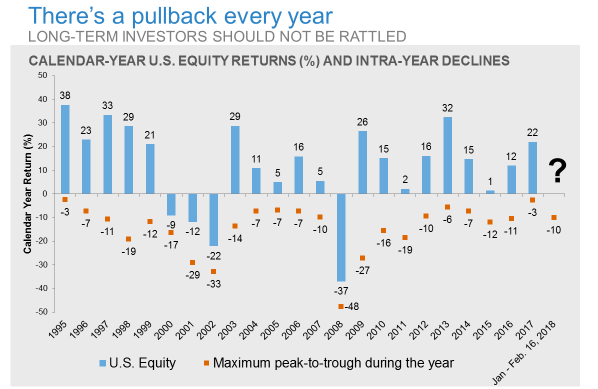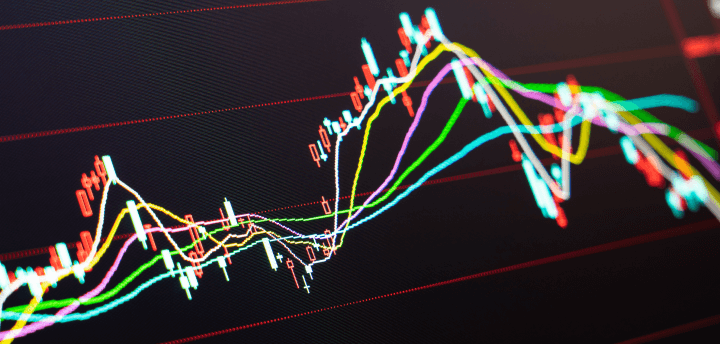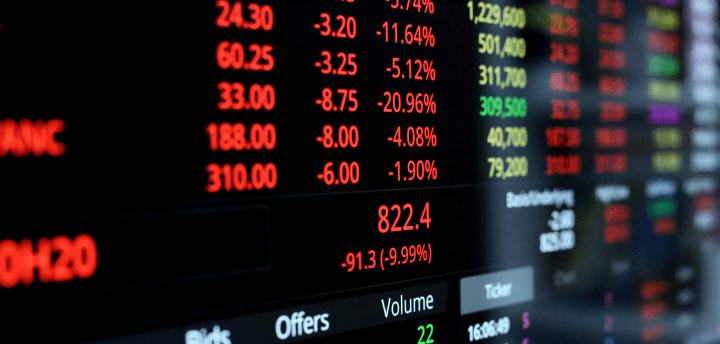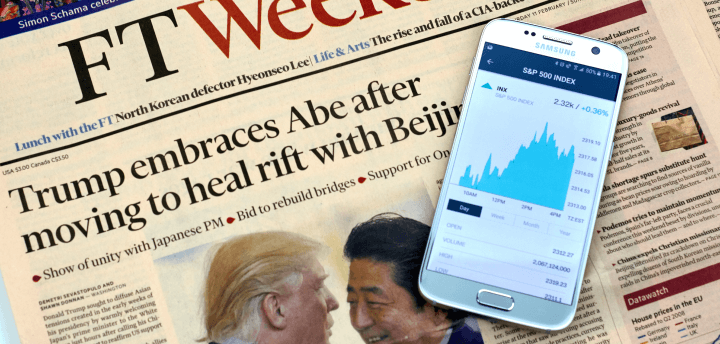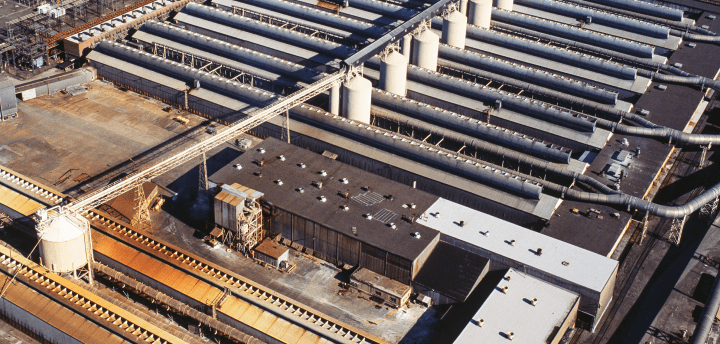US Economics
The economy is still growing. Unemployment is low, inflation is tame, long-term interest rates are near their low-point for the year, and US equity markets remain near-record highs. Looking ahead, we see no reason to change our out-look. We expect the stable-growth economy to continue, as consumer spending should continue to support economic growth along with rising business investment.
Global Economics
World-wide the economy seems to be improving. The global economy has completed a year of above-trend growth, including the fourth straight quarter of at least 3% annualized GDP growth. We believe this global GDP growth is sustain-able, and recent economic data appears consistent with this view. In particular, we are encouraged by recent improvements in Emerging Markets and the end of recessions in Brazil and Russia. As for the Developed Markets, corporate profits have swung from contraction to double-digit gains—generating a rebound in global capital spending, according to JP Morgan. With the momentum in profits still appearing to be up, business spending on jobs and capex should provide a solid foundation for aggregate demand.
Low Probability of Recession in the next 2 years
According to the International Monetary Fund there are five key contributors to 122 recessions world-wide since 1960: fiscal policy shocks, monetary policy shocks, oil price shocks, external demand, and financial crises. None of these factors seem particularly troublesome at the moment. Per Goldman Sachs, two of them—external demand shocks and fiscal policy shocks, at least those unrelated to the end of a major war—have never been large enough to spark a modern US recession. A third—oil shocks—appears minor with the oil glut present. The fourth category, excessive monetary policy tightening, looks less threatening since inflationary pressure remains low. The fifth category is the broadest, spanning from asset price collapses to banking crises and credit crunches. Yet banks’ healthy balance sheets seem to minimize this threat currently.
Staying Active
The last few years have been difficult for most active managers. But we do believe the environment is changing towards a backdrop in which active management is set to experience better performance. We believe having and taking a long-term perspective is key to successful investing. Capitalizing on our proprietary quantitative framework and following the strict discipline, we aim to overweight securities with exposure to multiple factors, such as value, growth, momentum, and quality, which have positive expected returns over time. The expected returns are not a free lunch. There are forces and market cycles that can drive market prices away from fair value. But over a sufficiently long period of time, patient investors can be rewarded for bearing the risk and the discomfort of market cycles. That’s the catch: you must be sufficiently patient. History suggests that every risk off period is followed by a more adventurous regime with GARP (growth at reasonable price) investments prevailing over a much longer period. We see clear patterns in the historic data and put our portfolios on the side with the higher probability of long-term suc-cess.
Reflation Trade
We favor stocks with strong growth prospects and the potential to increase profit margins. Many growth stocks fell out of favor in the second-half of last year, setting up their recovery in the first-half of 2017. Our trend-following indicators still gauge the environment as constructive for growth strategies, as they typically perform well in modest economic growth environments, which we expect to continue in 2017 and 2018. This should favor Financials and Information Technology, which seems poised to deliver the fastest earnings growth for 2017.
Low Bond Yields
Going into 2017, rates were broadly expected to rise. Instead, the opposite has occurred. Bond yields declined during the 1st half of 2017, even as the Fed has raised interest rates twice this year and signaled the possibility of another increase in the second half of the year. The yield on the benchmark 10-year Treasury note finished June at 2.298%, down from 2.446% at the end of last year and well be-low its recent peak of 2.609% set in March, according to the Wall Street Journal. This surprised many investors, as inflation numbers remained lower than expected.
“The art of being wise is knowing what to overlook.” William James
Ultimately in investing, there are things that matter and things that you can control. We try to help investors focus on the intersection between the two. Spending habits, savings, planning, and asset allocation are things that matter and that can be controlled, and therefore have a strong influence on achieving financial goals. Other areas, such as correctly determining the timing and direction of short-term market moves, can be less fruitful and unreliable, and thus warrant less attention, in our opinion. We focus on time-tested principles supported by evidence: (1) choose as asset allocation that matches investor risk tolerance and (2) have the conviction to maintain discipline even when you’re tempted to deviate from the course.
The information and opinions included in this document are for background purposes only, are not intended to be full or complete, and should not be viewed as an indication of future results. The information sources used in this letter are: Jeremy Siegel, PhD (Jeremysiegel.com), Goldman Sachs, JP Morgan, Empirical Research Partners, Value Line, Ned Davis Research, Citi research and Nuveen.





